Masahisa Fukase and the sorrow of lost love, solitude and death
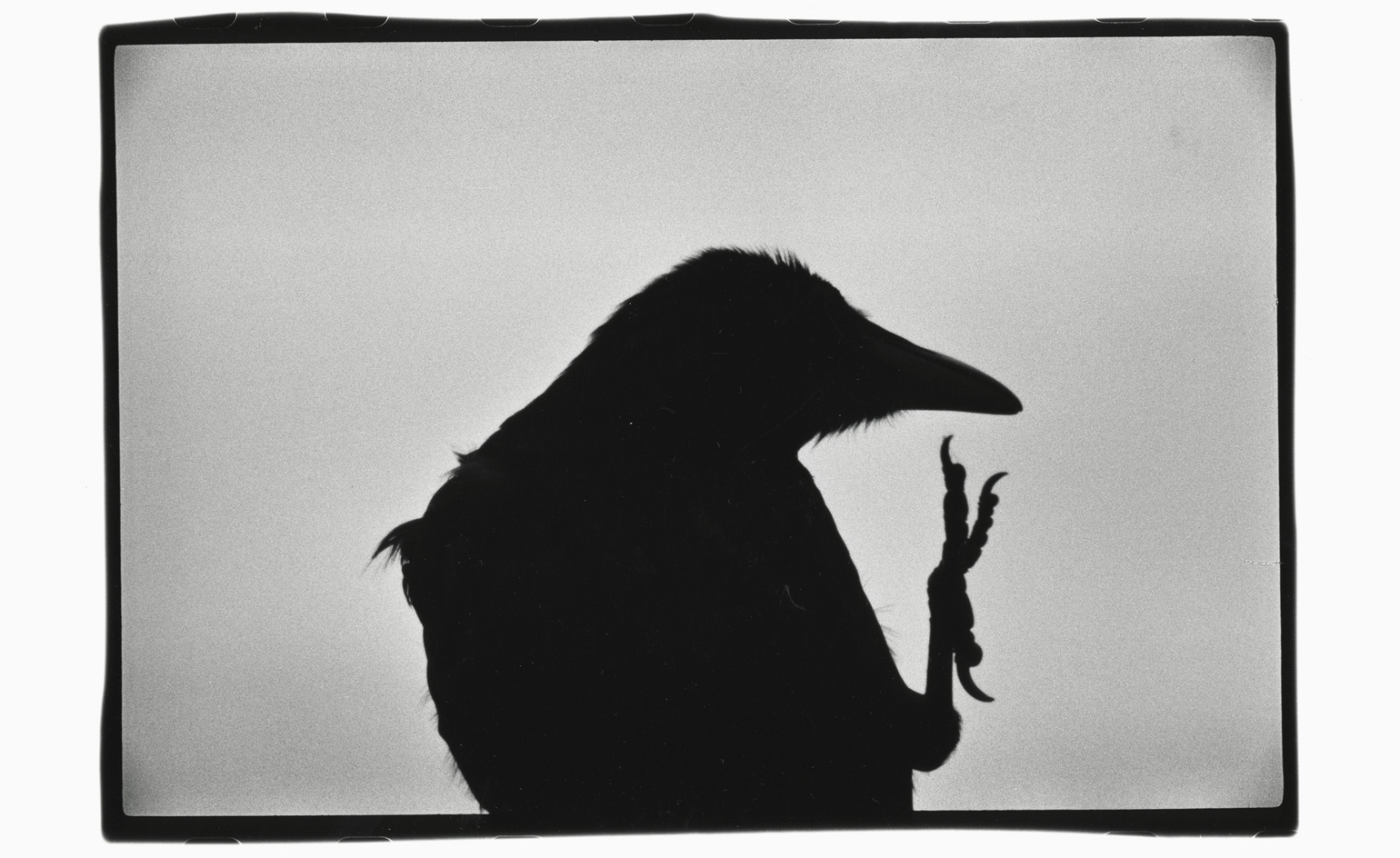
Masahisa Fukase’s sorrow seeps through his later photographs like a poison: painful, suffocating, and all consuming. For eight years, the Japanese photographer obsessively captured ravens in his native Hokkaido, vainly seeking an antidote to the venom of a failed marriage.
His second wife and muse Yōko left him in 1976, and a mournful Fukase careened into a crippling depression. Drinking heavily, the photographer found refuge in the birds that flocked around his local train station. Published in 1986, the photobook Ravens (or Karasu) was born from his heartbreak. Now, a rare collection of prints from this seminal series has been unveiled in a new exhibition opening this week at Michael Hoppen Gallery in London.
The grainy, monochromatic images make for compelling viewing. Ravens are considered ominous creatures in Japan and Fukase’s pictures are stained with a uneasy sense of misadventure. His portentous ravens are occasionally interjected with other subjects – the swollen underbelly of a passing aeroplane, for one – but they feel no less ill fated.
In one of the show’s most powerful photographs, the gnashing jaws of a garbage truck are captured mid-fury; rubbish trails across the sky with the same violence as a battlefield explosion. The image is an enigma much like Fukase, who seems to have captured it from inside the mouth of the beast-like vehicle.
The exhibition is a rare chance to see works printed by Fukase himself – a show with this many master prints is unusual. It offers a faint bond to the photographer, whose melancholy makes him seem otherwise unattainable.
It took six years to convince Fukase’s family to consent to the exhibition, explains gallery owner Michael Hoppen of the undertaking. ‘It’s a strange life, but an extraordinary body of work,’ he says of Ravens. ‘This project is bigger than us, it’s bigger than the gallery.’
The London gallery has also loaned prints from Fukase’s Bukubuku – a self-portrait series shot in his bathtub – to the Tate Modern for its show, ‘Peforming for the Camera’. Hoppen explains: ‘Bukubuku is all about him. They’re auto-portraits, or rather, auto-emotional portraits, because he found it very easy to express himself through his photographs.’ Like in Ravens, he seems a man possessed by an inescapable grief.
Ravens has previously been called the best photobook of the last 25 years, drawing universal acclaim from photography critics and Fukase’s peers alike. ‘He had legions and legions of followers,’ says Hoppen. ‘Certainly with him there’s tremendous reverence and fondness not only to this man but also to this body of work. It’s a shining beacon to many [photographers].’
Fukase was never able to escape the harbingers of misfortune he orbited so closely during Ravens, even though he eventually remarried. He had spent over half a decade circling the fringes of death and decay with his camera, before finally relinquishing the project in 1982 and declaring that he had ‘become a raven’. In 1992, he fell down the stairs of his favourite Tokyo haunt and spent the next – and final – 20 years of his life in a coma. The ravens had come to claim him at last.
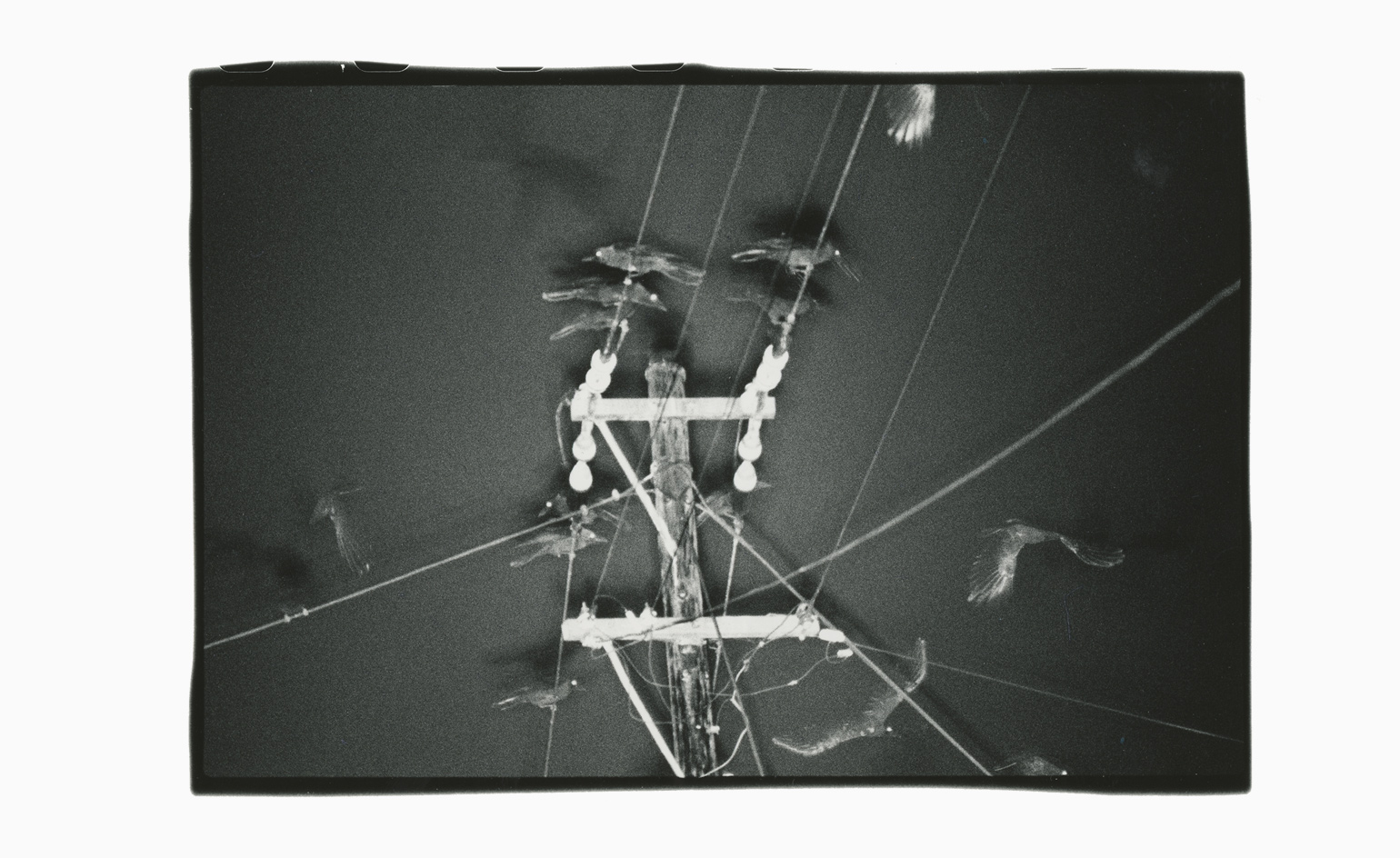
Fukase obsessively photographed ravens for six years in his native Hokkaido. Pictured: Nayoro, 1977
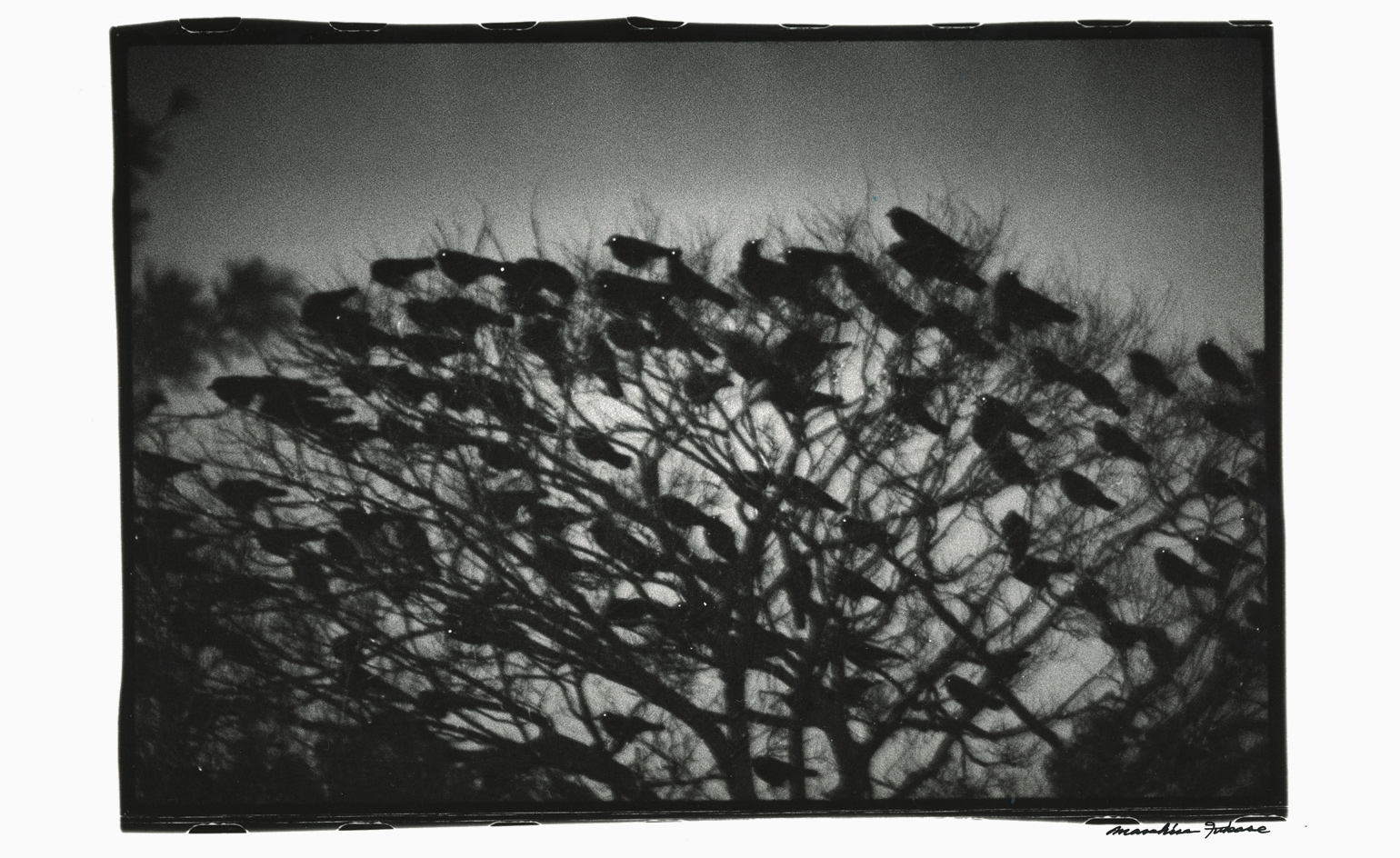
Published in 1986, it is regarded as one of the most important and accomplished bodies of work in photography. Pictured: Kanazawa, 1977
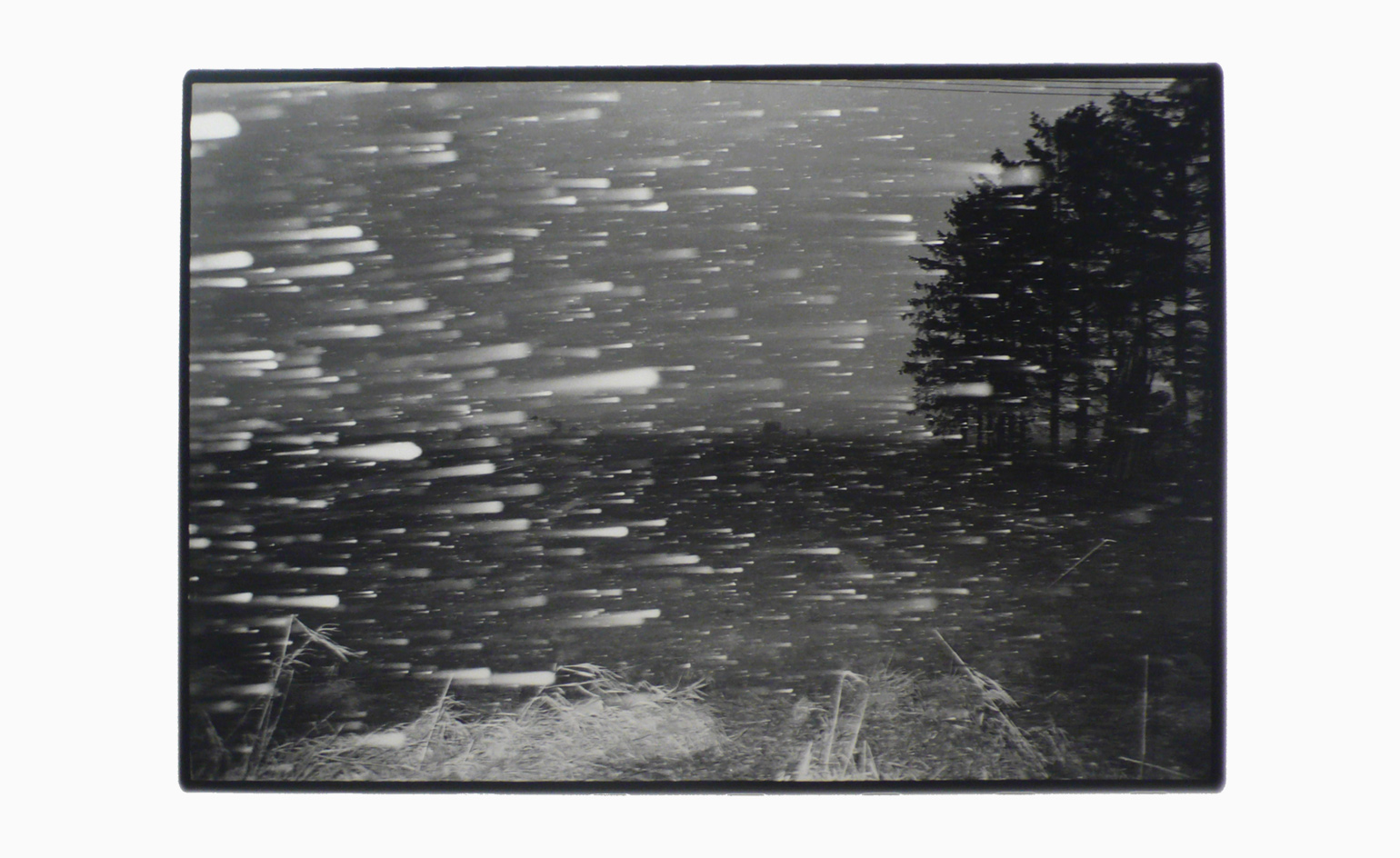
His portentous ravens are occasionally interjected with other subjects, such as heavy snowfall in Kanazawa, 1968

Fukase’s pictures are stained with a uneasy sense of misadventure. Pictured: Otaru, 1975
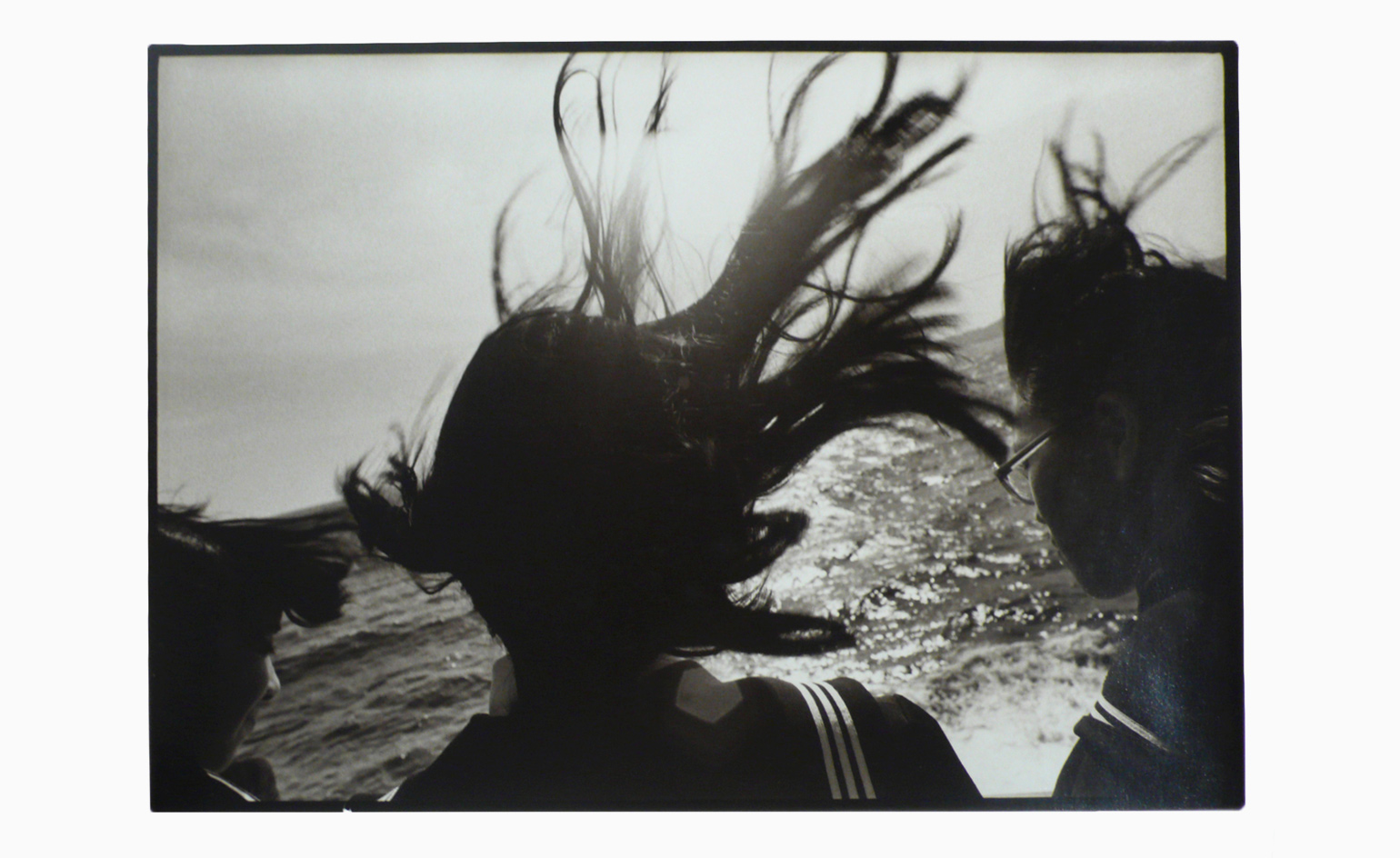
The grainy, monochromatic images make for compelling viewing. Pictured: Seikan Ferryboat, 1976
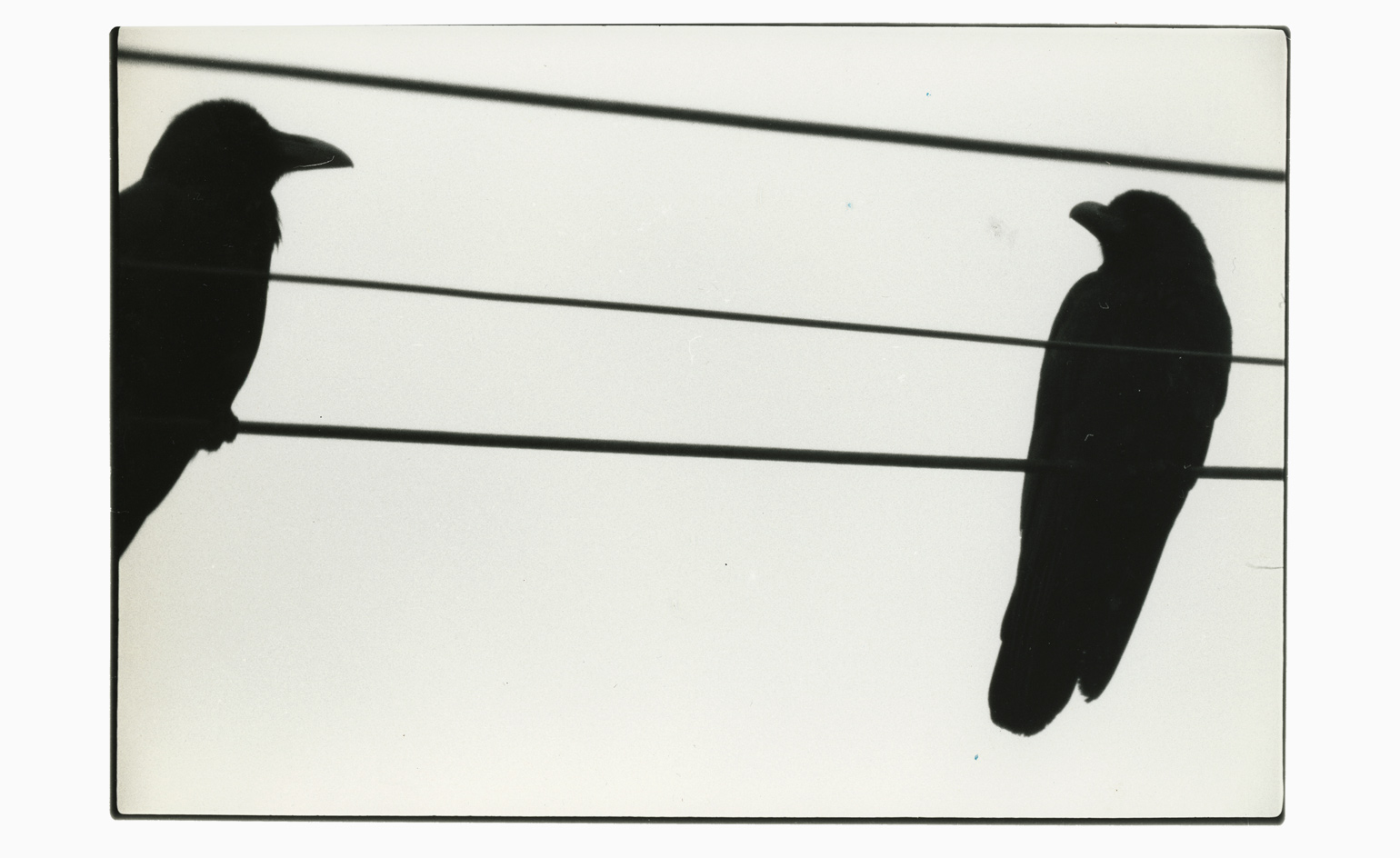
Untitled, 1976-1985

Ravens are considered ominous creatures in Japan. Pictured: Nayoro, 1977
INFORMATION
‘The Solitude of Ravens’ is on view until 23 April. For more information, visit Michael Hoppen Gallery’s website
Images © Masahisa Fukase Archives. Courtesy of Michael Hoppen Gallery
ADDRESS
3 Jubilee Place
London SW3 3TD
Receive our daily digest of inspiration, escapism and design stories from around the world direct to your inbox.
-
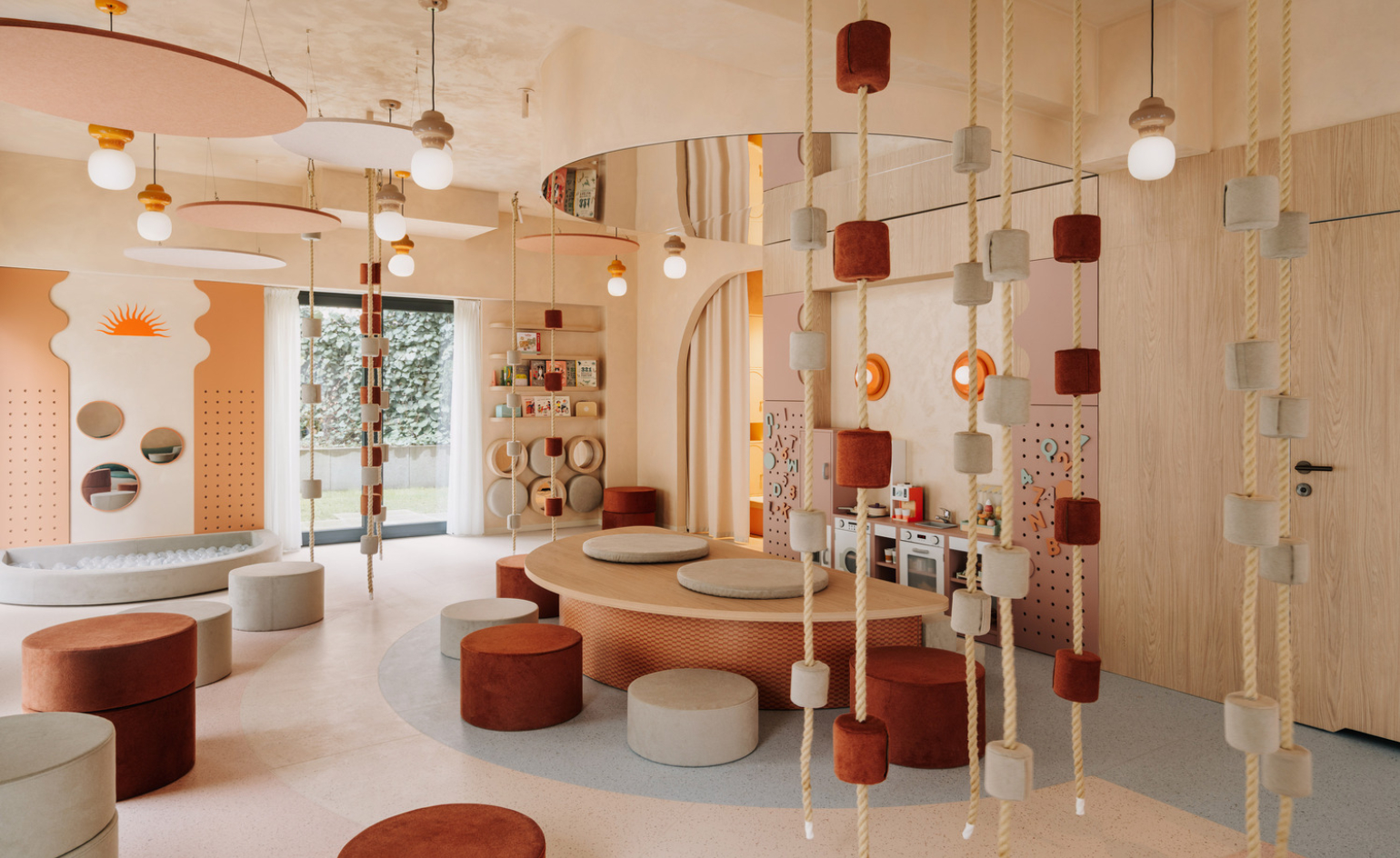 This clever café-cum-playroom in Poznań makes space for everyone
This clever café-cum-playroom in Poznań makes space for everyoneDesigned by Poland’s Cudo Studio, Sunday proposes a warm, dynamic take on the family café
-
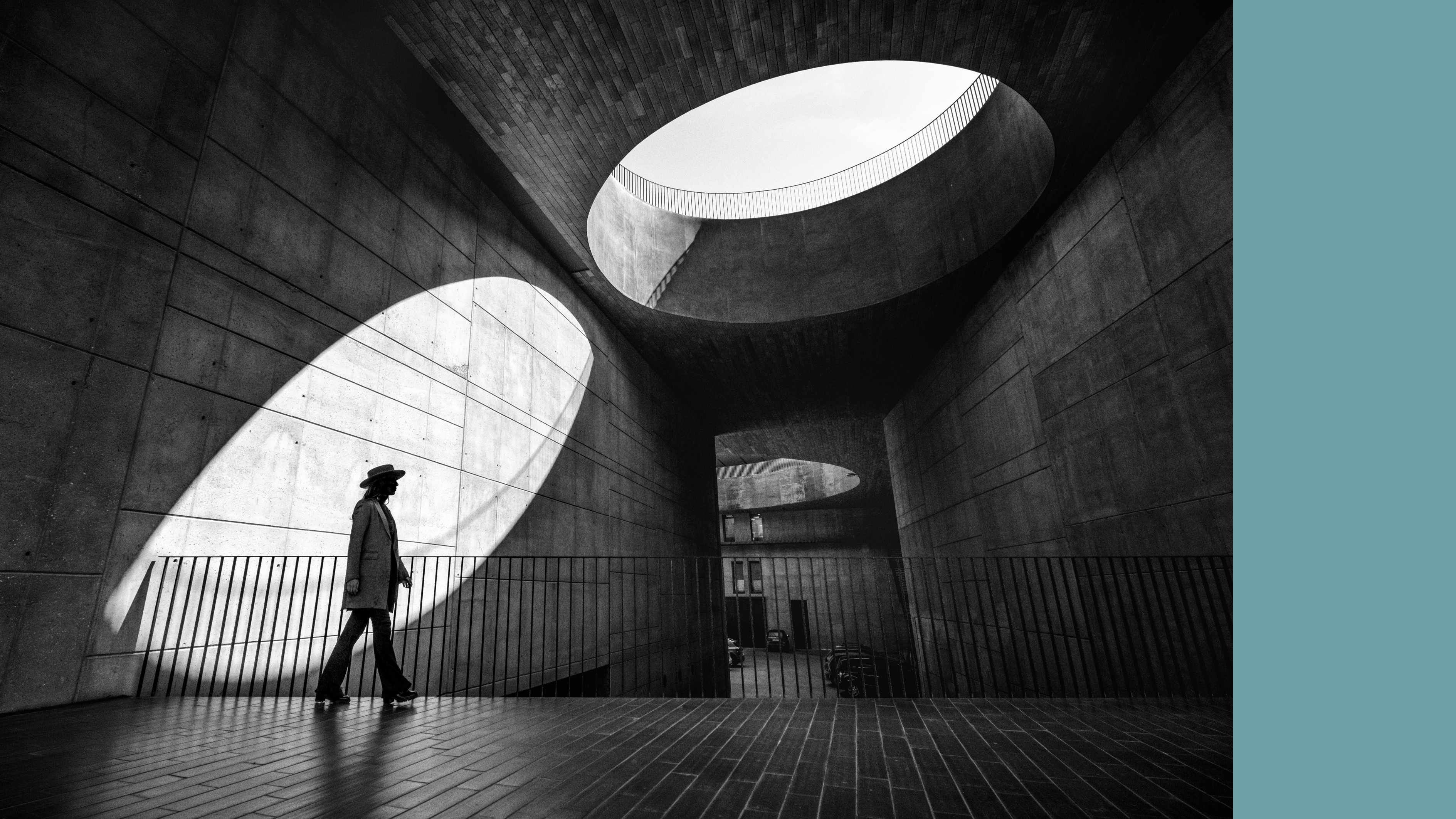 Irys is an app designed by photographers for photographers. We take it for a test run
Irys is an app designed by photographers for photographers. We take it for a test runIrys celebrates the art and quality of photography, along with the joy of discovery. We discuss the nature of online creativity and the artlessness of social media with founder Alan Schaller
-
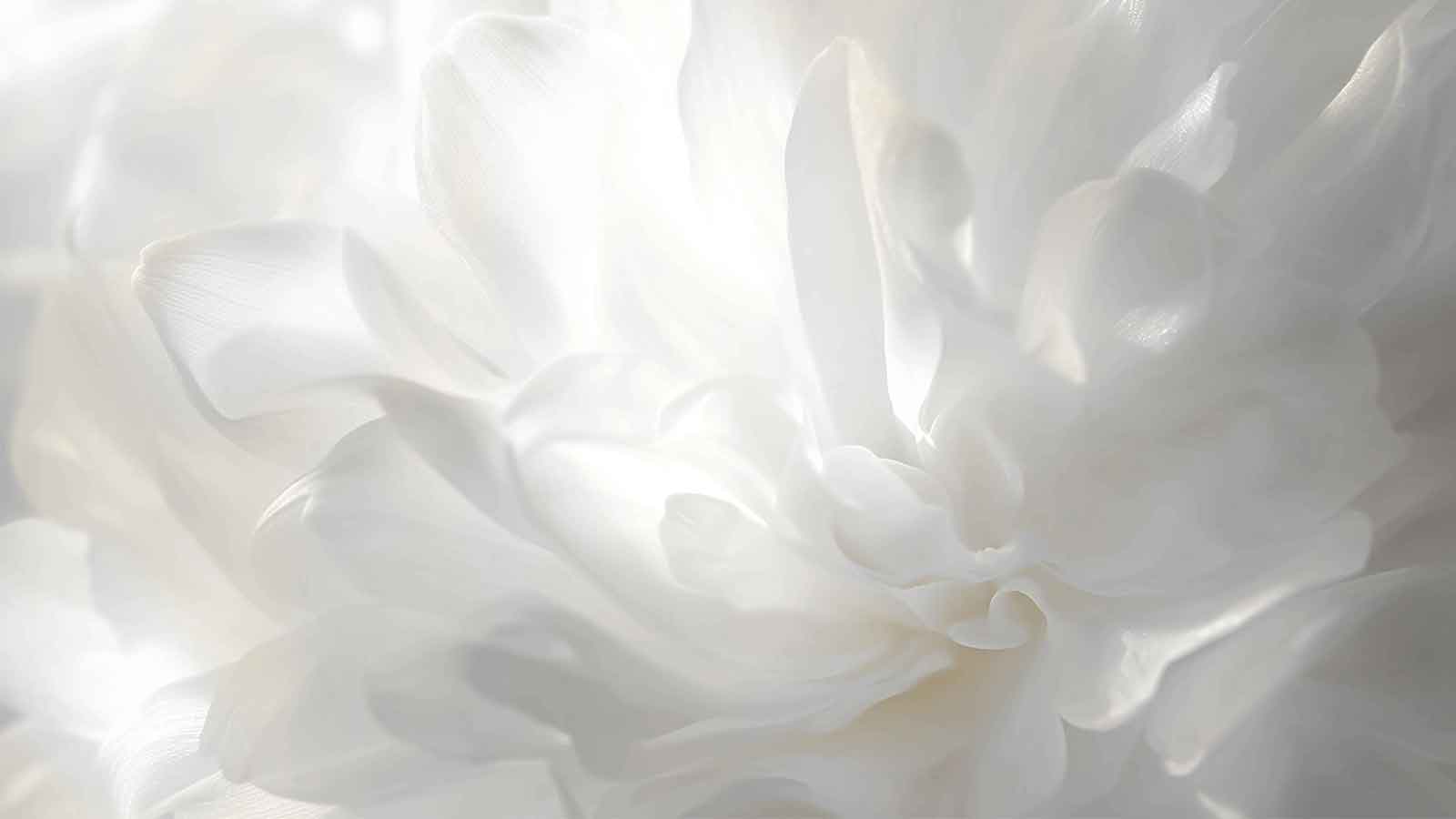 Pantone chose white as colour of the year: resistance to plurality, or quiet emblem of hope?
Pantone chose white as colour of the year: resistance to plurality, or quiet emblem of hope?The Pantone Colour of the Year 2026 – Cloud Dancer white – was met with both intrigue and horror from the design community. We speak to four design professionals who weigh in on this year's candid hue
-
 Out of office: The Wallpaper* editors’ picks of the week
Out of office: The Wallpaper* editors’ picks of the weekIt’s wet, windy and wintry and, this week, the Wallpaper* team craved moments of escape. We found it in memories of the Mediterranean, flavours of Mexico, and immersions in the worlds of music and art
-
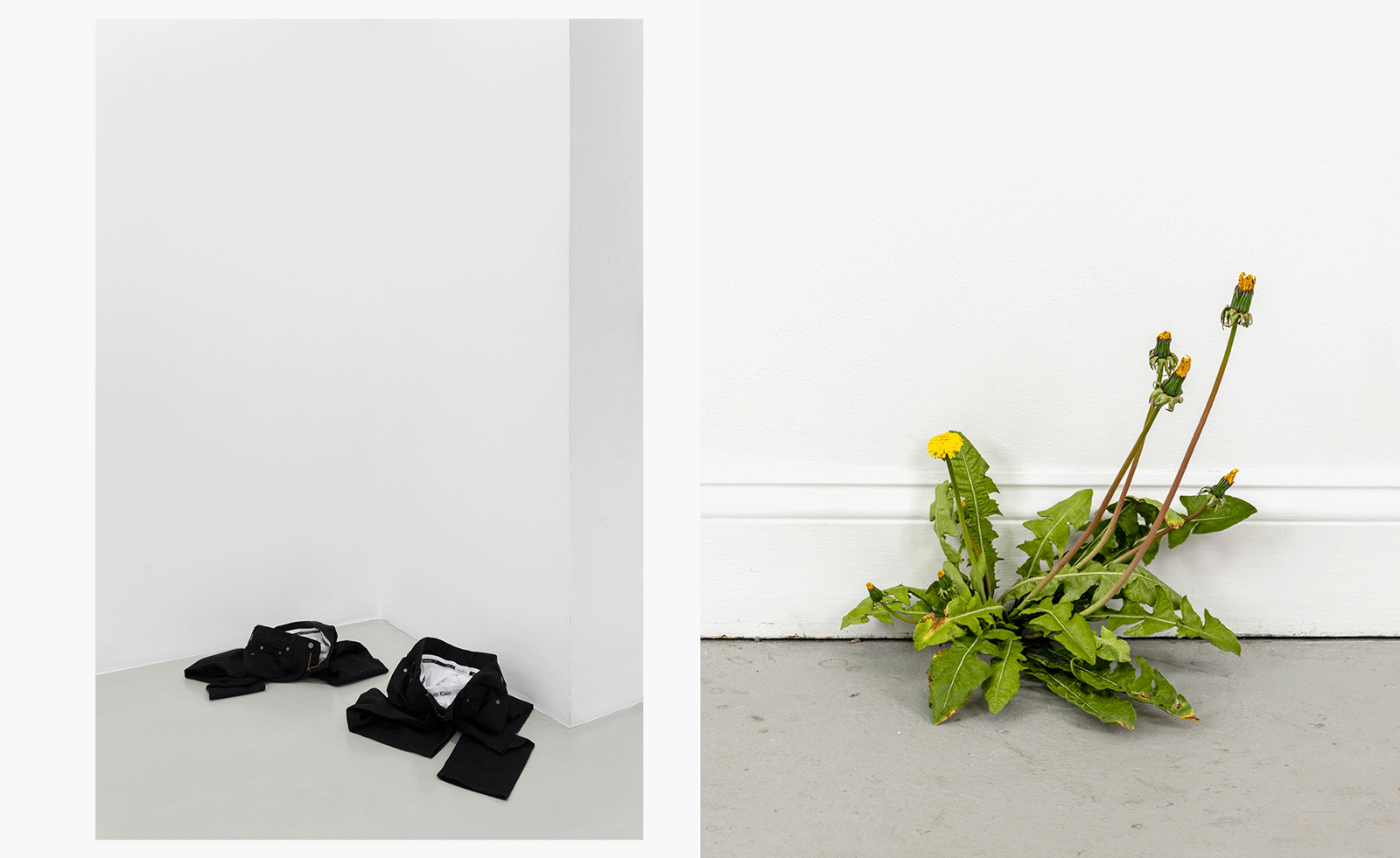 Each mundane object tells a story at Pace’s tribute to the everyday
Each mundane object tells a story at Pace’s tribute to the everydayIn a group exhibition, ‘Monument to the Unimportant’, artists give the seemingly insignificant – from discarded clothes to weeds in cracks – a longer look
-
 Out of office: The Wallpaper* editors’ picks of the week
Out of office: The Wallpaper* editors’ picks of the weekThis week, the Wallpaper* team had its finger on the pulse of architecture, interiors and fashion – while also scooping the latest on the Radiohead reunion and London’s buzziest pizza
-
 Out of office: The Wallpaper* editors’ picks of the week
Out of office: The Wallpaper* editors’ picks of the weekIt’s been a week of escapism: daydreams of Ghana sparked by lively local projects, glimpses of Tokyo on nostalgic film rolls, and a charming foray into the heart of Christmas as the festive season kicks off in earnest
-
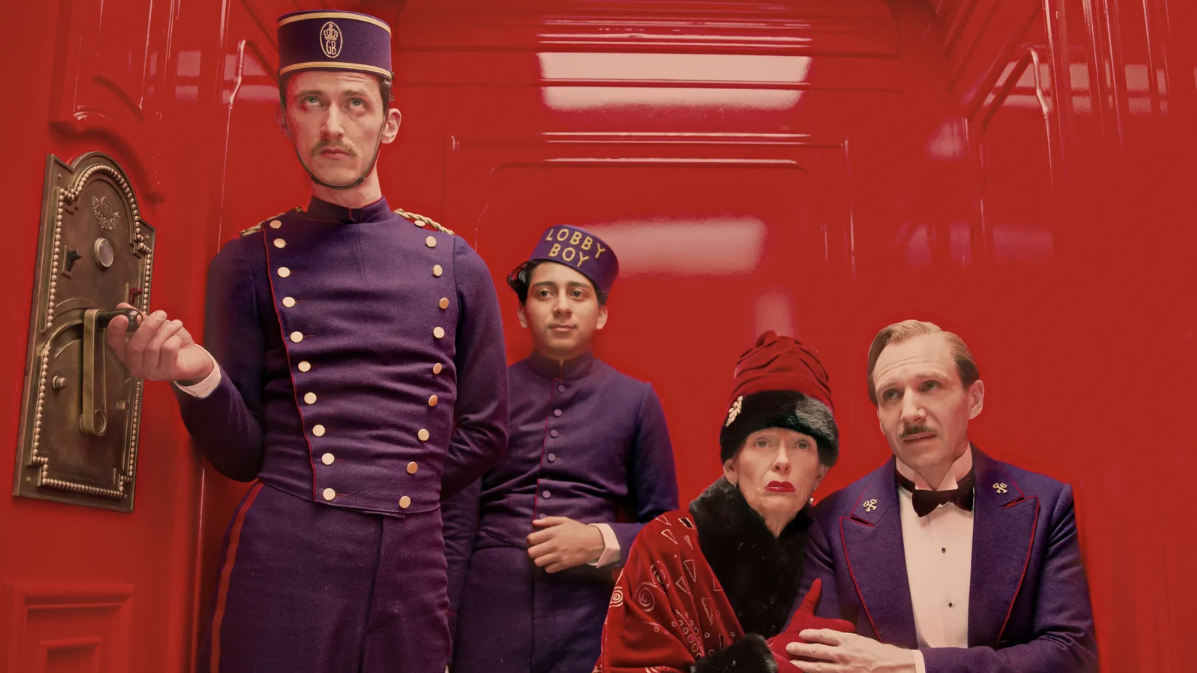 Wes Anderson at the Design Museum celebrates an obsessive attention to detail
Wes Anderson at the Design Museum celebrates an obsessive attention to detail‘Wes Anderson: The Archives’ pays tribute to the American film director’s career – expect props and puppets aplenty in this comprehensive London retrospective
-
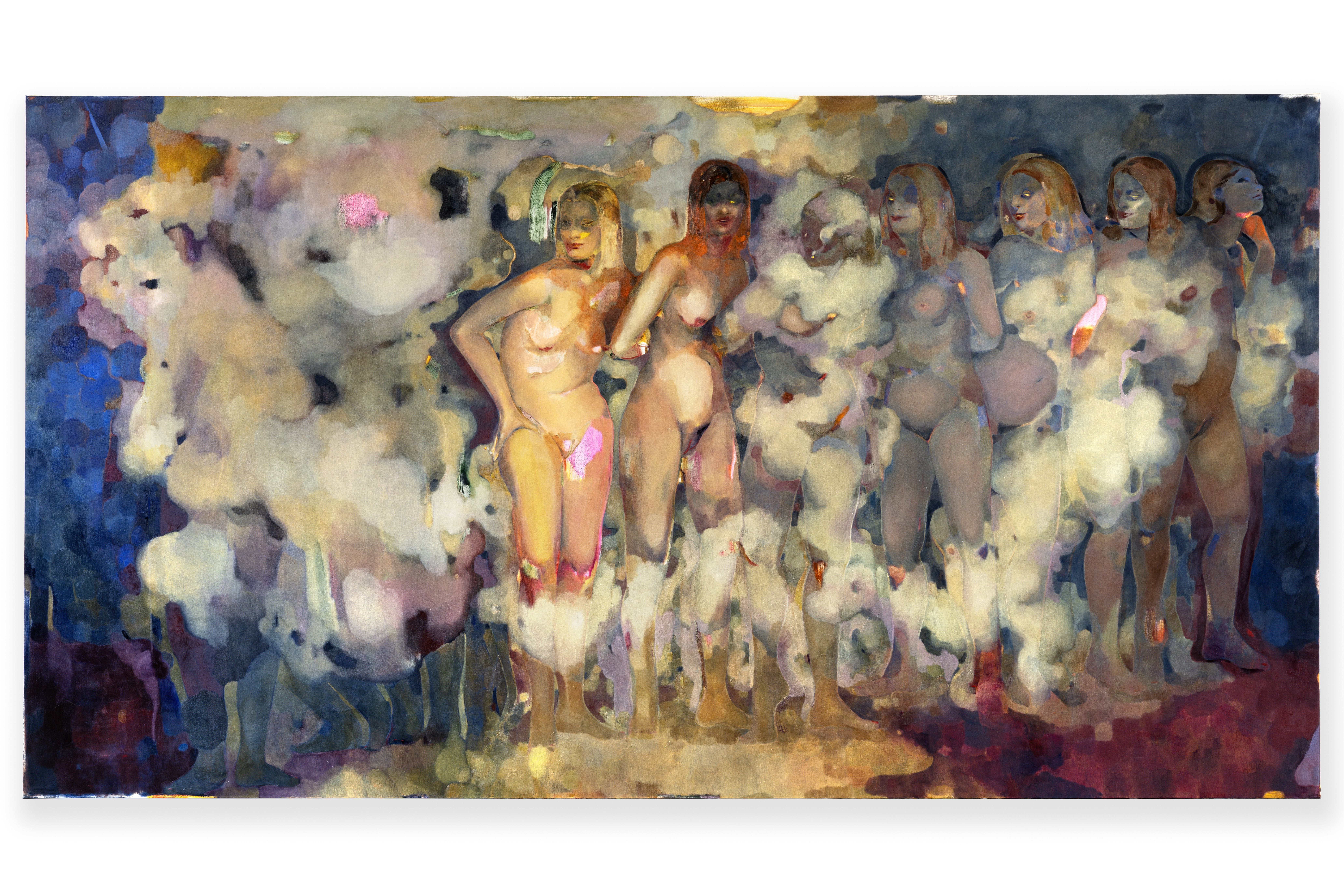 Meet Eva Helene Pade, the emerging artist redefining figurative painting
Meet Eva Helene Pade, the emerging artist redefining figurative paintingPade’s dreamlike figures in a crowd are currently on show at Thaddaeus Ropac London; she tells us about her need ‘to capture movements especially’
-
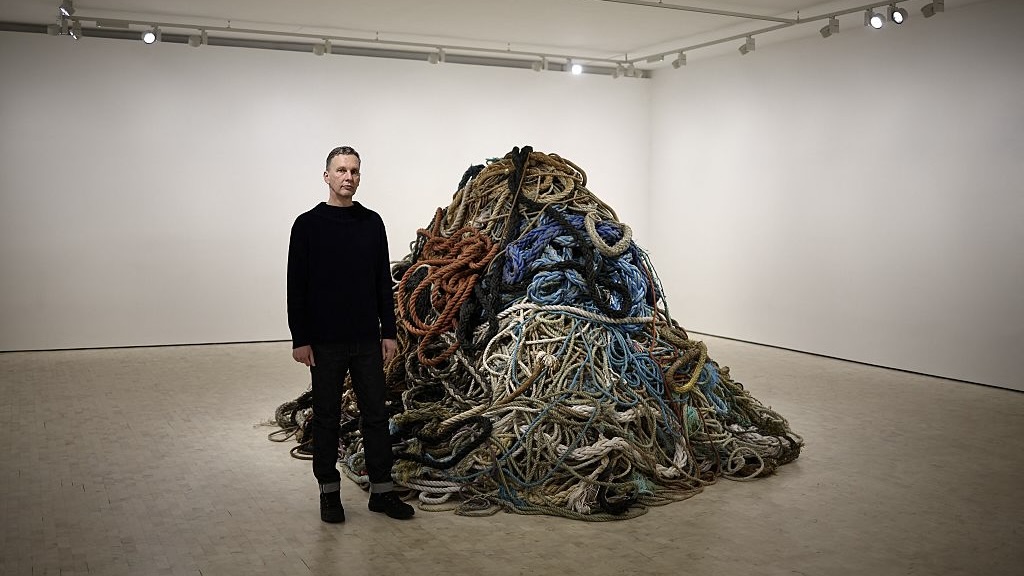 David Shrigley is quite literally asking for money for old rope (£1 million, to be precise)
David Shrigley is quite literally asking for money for old rope (£1 million, to be precise)The Turner Prize-nominated artist has filled a London gallery with ten tonnes of discarded rope, priced at £1 million, slyly questioning the arbitrariness of artistic value
-
 Out of office: The Wallpaper* editors’ picks of the week
Out of office: The Wallpaper* editors’ picks of the weekThe rain is falling, the nights are closing in, and it’s still a bit too early to get excited for Christmas, but this week, the Wallpaper* team brought warmth to the gloom with cosy interiors, good books, and a Hebridean dram